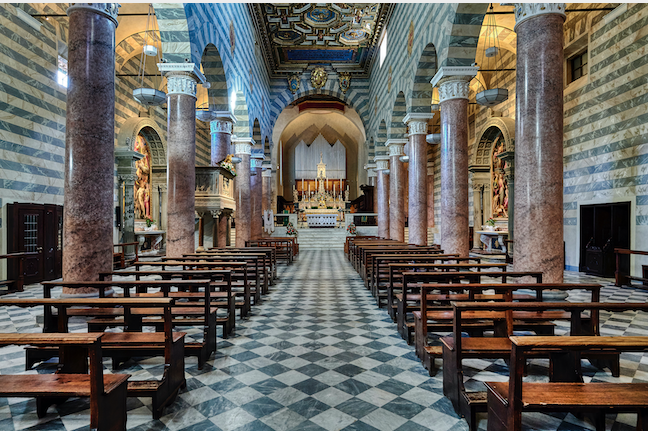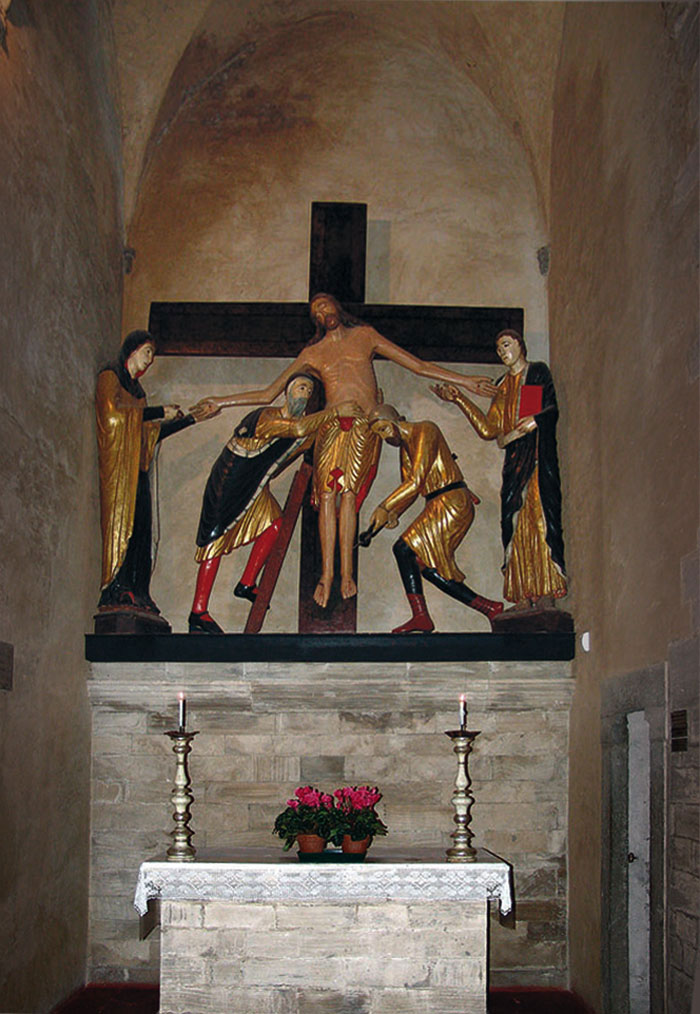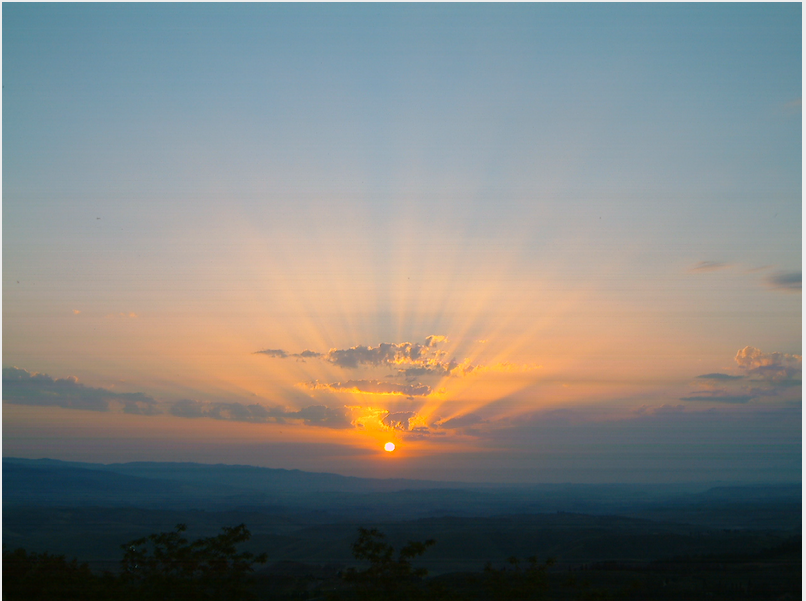ISSUES,INSIGHTS AND COLOURFUL MOMENTS-FROM THE DESK OF AN ENGLISH AUTHOR.
ISSUES,INSIGHTS AND COLOURFUL MOMENTS-FROM THE DESK OF AN ENGLISH AUTHOR.
“Christmas comes but once a year” – so said Thomas Tusser, and to some of us that’s a relief. It’s not that I dislike Christmas, only that I regret its modern image. Some of us, spoilsports all, shrink from the noise, the razzmatazz, the diabolical waste of money, disingenuous benevolence, and good cheer that can only be alcohol fuelled because this year it’s a very depressing month, with not a lot to cheer about. Friends closer than “just down the road” are not “in touch” at all, having become phantom voices over the telephone, a bodiless cacophony that dare not utter the words “Merry Christmas”, because it’s nowhere near the truth. A glass will be raised, of course, but in our abode to an echoing room for two. It must have been like this in the year I entered the world, when the clouds were not dark, but inky black, with our little family separated from the warmth of unity, divided by the veils of war. That we survived was not really luck, but from the unceasing effort of our nation to hang together and bring home the peace. Something that seemed to have been forgotten in new generations until I realized, of course, they have no memory to forget! They do not have a shared caring, or a Christian concept that we are all in this together with a duty to shield each other from a new silent enemy that can do us harm. In a small close-knit society of a country city in Italy the young are more ready to merge into a shared unity, though too many of their peers in great industrial conurbations seem to consider dissent a sign of their maturity. Naturally, I am uttering this to the wind, most likely because the concept of a Christian ideology is being allowed to fall into decay, undermined by the prevailing gap in education and the scientific search for truth that has exposed the weakness of a far from practical faith relying, if we’re honest, too heavily on fantasy rather than those parts of a self-evident truth that they represent. You may throw your arms up at the supposedly six hundred or so commandments in the bible, but consider, if you’re sceptical, just one commandment as a guide: “Though shalt love thy neighbour as thyself.” Now that’s a very big ‘ask’ and I for one do not consider “turning my cheek” to another’s animosity, but goodwill to your amicable associates and communal citizens is not a bad place to start. To that basic element you can add the fundamental social principles and laws outlined in any western nation’s constitution, and you will just about be there. Certainly, enough to make you a Christian, even if you deny it. Despite the wars and disagreements over the last two thousand years or so the basic philosophy of Christianity has underlined the progress of western nations, and Christmas, though specific to Christ, is a celebration of that shared journey. Society has corrupted its values no doubt, but we all know what they are, manifest in those symbols our ancestors have left behind; those edifices of great, all inspiring, beauty – our cathedrals and churches. In normal times they would be full for the midnight mass, but this year I suspect not, unless the law turns its back momentarily on logic. There are no commandments applicable to a virus.
As we may be denied our December ritual I would like instead to outline, not the spiritual event, important as it is, but the architectural one that it represents. The more so because the cathedral of Volterra, the bishop’s seat in our diocese, saw a long restoration completed in the Autumn of 2019; a renovation that is truly miraculous if one was familiar with the rather dusty and neglected structure it had become. Not into an external dazzling, ostentatious edifice, in the awesome manner of Pisa or Siena to be sure, but in a place where the modesty of the restrained façade made it more sympathetic, bringing the essence of its spirit closer to the people. Now, when you cross the portal, it’s like the proverbial ugly duckling becoming a swan. Considering such a beatific moment might be something more than an understatement. The sympathetic renovation is extraordinarily fitting in that the Cathedral of Volterra delineates the historical aspects of the architectural development in the building of churches; one where Italians were generally slow to adopt the new systems of construction taking place in France and England, preferring to concentrate on the beauty and delicacy of ornamental detail. Volterra typifies this perfectly. Oddly, the very use of plain stone instead of the marble facing of Tuscany’s great cathedrals, places it closer to northern Europe and the ‘Gothic’ spirit, then beginning to emerge, than its renowned cousins. Nevertheless, the entrance doorway in white marble, admittedly added during the thirteenth century and attributed to Nicola Pisano, is a gesture to some contemporary ideal that sits ill on the solid honesty of the local stone façade. A single green and white marble façade in the octagonal Baptistery is similarly visually distracting. The fashion for exotic Byzantine influences was beyond the reach of a country city recovering from devastating earthquakes and without the support of the spoils from the Muslim wars. In the circumstances, to have maintained a homogenous appearance, I believe, would have suited these two buildings better.

But I digress, not meaning to distract from something truly inspiring. It is not too fanciful to consider the interior of the cathedral a contribution to the city’s aesthetic sensitivity, an event in glowing detail that would be impossible in a Gothic cathedral whose beauty rests on the technical brilliance of flying buttresses lending itself to wafer thin ribbed vaults and slim columns that defy, for example, even the massive weight of the 404 feet (over 120 metres) spire of Salisbury Cathedral. Instead, Volterra is blessed with classical Roman architecture, the basilican style nave and aisles separated by solid columns and arches finishing in a semicircular apse. The flat roof of the nave, hiding the roof timbers, has been used to characteristic effect, but has to fight for attention among the exquisite details that surround it, a mass of tasteful colours and imagery that blend into a truly balanced harmony. This sophisticated symmetry has not however eclipsed the pious symbols of its religious creed. Fashioned in the tragic Deposition of Christ, the five wooden polychromed figures carved sometime in the early thirteenth century, express in their humble faces the deep tragedy that will come to define their faith.

Along with this tremendous recent restoration that enhances and emphasises such a profound religious statement there has also been a new addition, or should I say successor, reflecting the once essential character so reminiscent of late nineteenth, and early twentieth century Volterra – that of its uniquely famous alabaster. On the predella, that particular area in front of the altar, an impressive and imposing new communion table created by local artisans, in pure white alabaster with complimentary beige toned contrast has been located. If ever an industry needed a visual and worthy statement of its importance and craftsmanship, then this must surely be it.

However, the cathedrals new magnificence contrasts with another part of the church that has suffered the severe neglect of time and represents an aspect that could enhance the inclusive ambience of the cathedral. Having mentioned Salisbury’s great cathedral, I must just add one characteristic shared with Volterra. That of its cloisters. Now, I’m inclined to believe that in Volterra they were originally constructed as a place of meditation, given that St.Ugo dei Conti founded a college for clerics in this place. In Salisbury the cloisters continue to be a place of meditation, where the public at large use it to reflect and contemplate on the mystery of their Christian values and purpose. These arcaded cloisters are the largest in the United Kingdom surrounding a spacious lawn with towering trees, host to appropriate public celebrations. It is still a place of solemnity, where sometimes muted strains of the mass filter out. You do not have to stretch your imagination very much to draw a parallel with Volterra’s cloisters representing such a delightful version on a miniature scale. Sadly, they are not directly open to the public, unless you have a need to visit the diocese offices. But there is no reason why that should be the case. Churches were designed for the glory of God, for the laity to worship and demonstrate their faith, but once upon a time they were also a place for society to physically share in the many facets of pastoral care from the cradle to the grave. As such, the cloisters could be utilized and represent a place where the church reaches out to its brethren after the necessary convention of the Christian Eucharist. The church in modern times needs the credibility of a devoted following. In this fractured modern world it must have charisma, an inspiring influence that is all inclusive and convincing. Having restored its cathedral, Volterra must not lose sight of also cultivating fellowship as well as faith. The one leading to the other.
All cathedral illustrations:
''Si ringrazia la Curia Vescovile di Volterra''.
Despite the wisdom of a necessary enforced privacy, I wish you all a very peaceful and safe Christmas, while keeping an optimistic outlook for the New Year, 2021.
